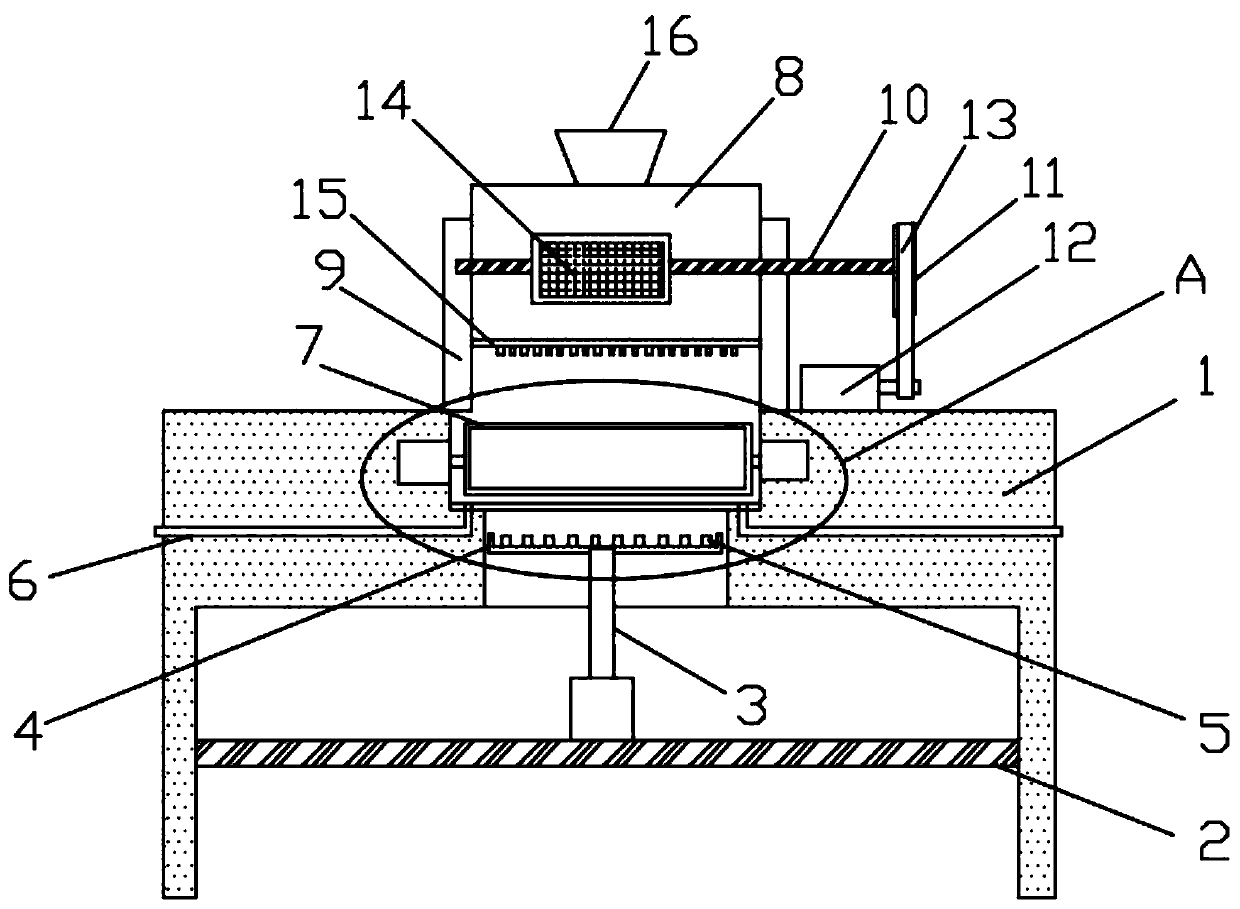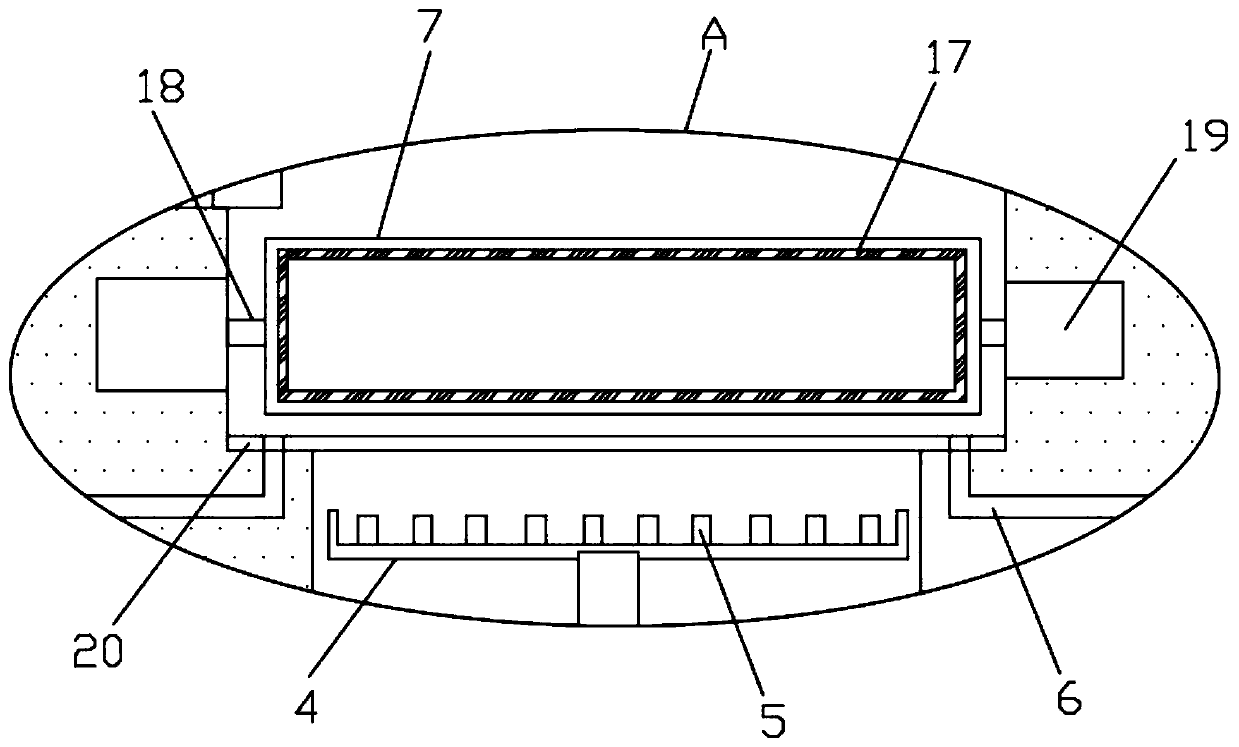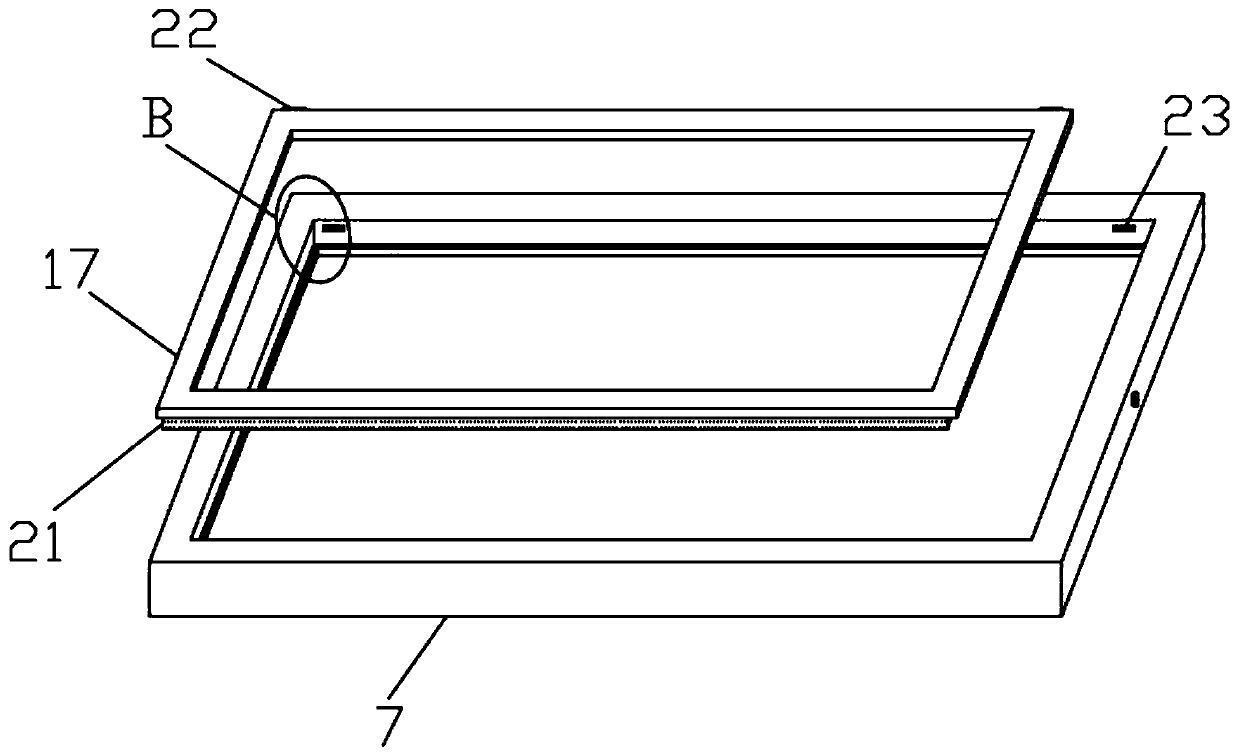Anti-scratch wear-resistant glass fiber fabric and production technique thereof
A glass fiber cloth and glass fiber technology, which is applied in the field of scratch-resistant and wear-resistant glass fiber cloth and its production process, can solve the problem that impurities are easily adhered to the surface of the substrate, the quality of the glass fiber cloth is poor, and the coating effect of the substrate is not good. It can improve the interlayer shear performance, improve the waterproofness, and enhance the bonding effect.
- Summary
- Abstract
- Description
- Claims
- Application Information
AI Technical Summary
Problems solved by technology
Method used
Image
Examples
Embodiment Construction
[0034] The technical solutions in the embodiments of the present invention will be clearly and completely described below in conjunction with the embodiments of the present invention. Apparently, the described embodiments are only some of the embodiments of the present invention, not all of them. Based on the embodiments of the present invention, all other embodiments obtained by persons of ordinary skill in the art without creative efforts fall within the protection scope of the present invention.
[0035] Such as Figure 1-5 As shown, a scratch-resistant and wear-resistant glass fiber cloth and its production process, including the following raw materials by weight: 90-125 parts of glass fiber monofilament, 15-24 parts of slurry and 3-5 parts of binder;
[0036] The specific steps of the production process of the glass fiber cloth are as follows:
[0037] Step 1: Flat weave the glass fiber monofilament to obtain the basic glass fiber cloth, arrange the basic glass fiber in ...
PUM
 Login to View More
Login to View More Abstract
Description
Claims
Application Information
 Login to View More
Login to View More - R&D
- Intellectual Property
- Life Sciences
- Materials
- Tech Scout
- Unparalleled Data Quality
- Higher Quality Content
- 60% Fewer Hallucinations
Browse by: Latest US Patents, China's latest patents, Technical Efficacy Thesaurus, Application Domain, Technology Topic, Popular Technical Reports.
© 2025 PatSnap. All rights reserved.Legal|Privacy policy|Modern Slavery Act Transparency Statement|Sitemap|About US| Contact US: help@patsnap.com



